Simple Ways To Make Nonprofit Work Easier
Anyone who’s ever worked at a nonprofit knows one thing – it’s a lot. You’ve got to put so much into it, and it requires plenty of responsibility, and at the same time, you might not have all that many resources either. And in the end, you’ve probably felt at least a bit crushed by the weight of everything, even though you’re really only trying to make a difference.
That’s just the nature of a nonprofit and the work you’re doing – people who run and support nonprofit organisations do it because they care so much, and that’s really powerful, but it can also be very tiring when every day feels like you’re not getting any further forward and you still don’t seem to have a lot of time to focus on what you’re doing.
That’s why finding ways to make nonprofit work easier isn’t just about convenience – it’s about being sustainable as well so you can keep going. When you have systems that run more smoothly, your team can focus more on what matters, and that’s crucial. And although not everything can be automated or delegated, there are some excellent ways to make things simpler. With that in mind, keep reading to find out more.
Get The Basics Right First
Nonprofit teams often have a lot of tasks to do all at once, and that means basic processes like data collection, scheduling, or even communication, can be very complicated very quickly.
That’s why the first step towards making things easier is often the most boring-sounding (but so very important anyway) – you’ve got to tighten up the basics. So you might create shared templates for emails you send on a regular basis, for example, or perhaps you’ll start using shared calendars everyone can access and update. Plus, it’s wise to store your files in one clear, central place – cloud storage is ideal for that, assuming we’re talking about digital files, of course. The point is, the more predictable and repeatable your everyday tasks are, the less time you’ll spend digging through your inbox for the thing you need, which saves time, stress, and keeps you looking professional.
True, it might feel like quite a lot of extra work at first, but taking a few hours to set up basic systems can save you days of confusion and massive problems down the line, so it’s definitely worth it.
Find Tools That Work
There are loads of software tools out there aimed at making life easier for small teams, and the good news is lots of them offer discounts or even free versions for nonprofits. And we don’t just mean good apps for emails and video calls; we mean things like tools for donor management, event planning, online fundraising, social media scheduling, volunteer coordination, and so much more.
The trick is to focus on tools that actually solve a real problem in your organisation – ideally a problem you keep coming up against and that’s really holding you back or causing frustration. There’s really no point in investing time (and sometimes money) into a new platform if it’s not going to do anything or help anyone, even if it looks great when you read about it online. Focus on what you actually need, and you’ll find things get much simpler – get stuff you could quite easily manage without, and it’ll all get much more confusing and complicated.
And when it comes to financial tracking, compliance, and audits (all the fun stuff!), using systems specifically designed for your needs can make a huge difference. For example, if your nonprofit works with grants, public funds, and so on, it might be worth exploring government accounting software that helps keep everything transparent, reportable, and compliant without spending hours doing everything manually.
Protect Your Time
When you think about it, time is one of the most limited resources in any nonprofit – there’s so much to do and barely any time to actually get it all done. So of course, it makes sense to treat your time with care and to use it as wisely as you can.
That means learning to say no to projects that don’t really fit your mission, no matter how good the cause might be, and it could even mean putting some breaks into your calendar and scheduling them like any other task if you find it difficult to remember to stop once in a while. Plus, it could also be a good idea to rethink how your team handles meetings – they could be made shorter, for example, or, as the cliche goes, some of them could definitely just be an email… It’s worth getting away from the mindset that everything needs to be a face to face discussion if that’s just taking up time that could be put to better use elsewhere.
And on top of all that, don’t underestimate the value of uninterrupted time. If your day constantly gets broken up by messages, requests, minor issues, and so on, think about setting boundaries around when you’re available. It might not feel quite right at first, but the fact is that giving yourself blocks of quiet, focused time can really help you get things done without burning out.
Make Communication Easy And Clear
Good communication can make or break a project, and in nonprofits, where people are often working across departments or juggling lots of different roles at once, you’ve got to make sure you’re as clear as possible – one misunderstanding can cause a lot of problems and delay things massively.
That’s why you need to try to get into the habit of documenting all your decisions, which could be done through meeting notes, shared communication tools like Slack, or even a physical board in the office that has all the information on it. In the end, it doesn’t really matter what you use, as long as you’re keeping people in the loop without overwhelming them with too many updates (it’s a fine balance, but it’s crucial to get it right). And you’ve also got to check in regularly, especially when you’ve got volunteers or part-time staff because they might not be around every day, so they could easily miss a piece of important news or an announcement, and that can also be confusing.
Basically, you can’t just assume people are going to know what’s going on because even if your team is pretty small, it’s easy for things to get lost in translation or just forgotten – it happens, especially when there’s a lot happening. That’s why you need to make a little extra effort when it comes to communication and that’s going to save a lot of frustration later on.
Look After Your Team
Nonprofit work can be very deeply meaningful, but at the same time it can also be very draining – it’s got a lot of emotional weight behind it, and dealing with difficult issues, along with all the pressures involved like meeting funding deadlines and always wanting to do more with less. That’s why making nonprofit easier means you’ve got to give your people time and space to rest, reset, feel appreciated, and so on.
Good ways to do all that include celebrating small wins and checking in with your colleagues, but not just about tasks – about how they’re actually doing in themselves. Plus, you’ll need to encourage breaks for them, and time off when it’s needed (and do all that for yourself as well, otherwise you won’t be a very good leader).
The fact is that burnout is real and it’s one of the biggest reasons why nonprofits have to close or at least can’t do as much work as they’d like, but when people feel appreciated and supported, they’ll stay longer, work better, and they’ll have a lot more energy too.
Automate The Repetitive Stuff
Not everything needs a personal touch – some tasks can be happily handed off or scheduled ahead of time, and social media posts, thank you emails, donation receipts and similar things can all be automated with the right tools.
Setting these systems up can take a bit of effort initially, but once they’re running, they’ll be able to take care of so many of the little things that currently take up a lot of time, and that means you and your team can finally focus on the bigger picture or the things that actually need your personal care and attention. Just make sure you don’t lose the human element completely – automated messages are fine, but they can’t be allowed to replace genuine, personal interactions where it really matters or it’ll just do more harm than good.
Keep Learning
It’s important to know that the nonprofit world is always changing, and there will be new platforms, new policies, and new ideas coming out all the time. It’s vital to stay up to date, but it’s also easy to get caught up in a loop of seeing the same things over and over, or trying to get too much information too fast (it’ll just never stick if you do that).
What can help is to set realistic goals, which could be something like reading one helpful article a week, or perhaps attending a workshop every couple of months, and so on. Take your time when it comes to choosing the right resources and pick the ones that feel right for your nonprofit and for you, and that way you’ll stay on top of things without getting overwhelmed.





